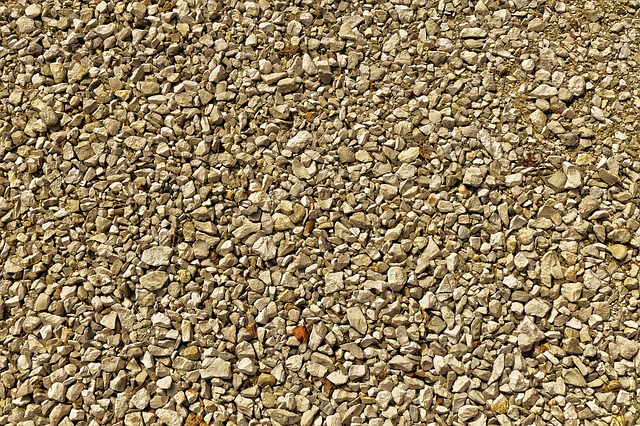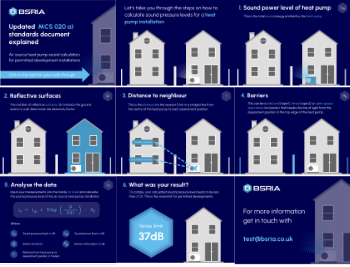Gravel in construction
Gravel is a loose aggregation of small, variously sized fragments of rock. It has a wide range of applications in the construction industry.
The weathering and erosion of rocks is the natural process by which gravel deposits are formed. Gravel can also be produced in quarries known as gravel pits, where rocks such as sandstone, limestone and basalt are crushed down to size. Gravel particle sizes range from 2 mm to over 60 mm, and are available in a range of colours, textures and stone types.
Gravel, along with sand, is used for the manufacture of concrete, as well as for mixing with asphalt as part of road construction. It can be used as the base layer for roads before being covered with tarmac, and is also commonly used to surface roadways, especially those in rural areas and in icy conditions. It can also be used to as part of roof coverings.
Gravel can be used along with pebbles as a form of render known as pebbledash which is used for the external walls of a building in which the top coat is textured to create a rough finish. For more information, see Pebbledash.
Gravel can be used in the filtration of water, where it acts as a natural filter holding back precipitates which may contain impurities as well as other sand-sized particles. The angularity and hardness of gravel makes it resistant to water erosion.
Gravel is commonly used for landscaping applications, such as on driveways, walkways, or as a decorative filler over soil instead of grass.
[edit] Related articles on Designing Buildings Wiki
Featured articles and news
Gregor Harvie argues that AI is state-sanctioned theft of IP.
Heat pumps, vehicle chargers and heating appliances must be sold with smart functionality.
Experimental AI housing target help for councils
Experimental AI could help councils meet housing targets by digitising records.
New-style degrees set for reformed ARB accreditation
Following the ARB Tomorrow's Architects competency outcomes for Architects.
BSRIA Occupant Wellbeing survey BOW
Occupant satisfaction and wellbeing tool inc. physical environment, indoor facilities, functionality and accessibility.
Preserving, waterproofing and decorating buildings.
Many resources for visitors aswell as new features for members.
Using technology to empower communities
The Community data platform; capturing the DNA of a place and fostering participation, for better design.
Heat pump and wind turbine sound calculations for PDRs
MCS publish updated sound calculation standards for permitted development installations.
Homes England creates largest housing-led site in the North
Successful, 34 hectare land acquisition with the residential allocation now completed.
Scottish apprenticeship training proposals
General support although better accountability and transparency is sought.
The history of building regulations
A story of belated action in response to crisis.
Moisture, fire safety and emerging trends in living walls
How wet is your wall?
Current policy explained and newly published consultation by the UK and Welsh Governments.
British architecture 1919–39. Book review.
Conservation of listed prefabs in Moseley.
Energy industry calls for urgent reform.
























